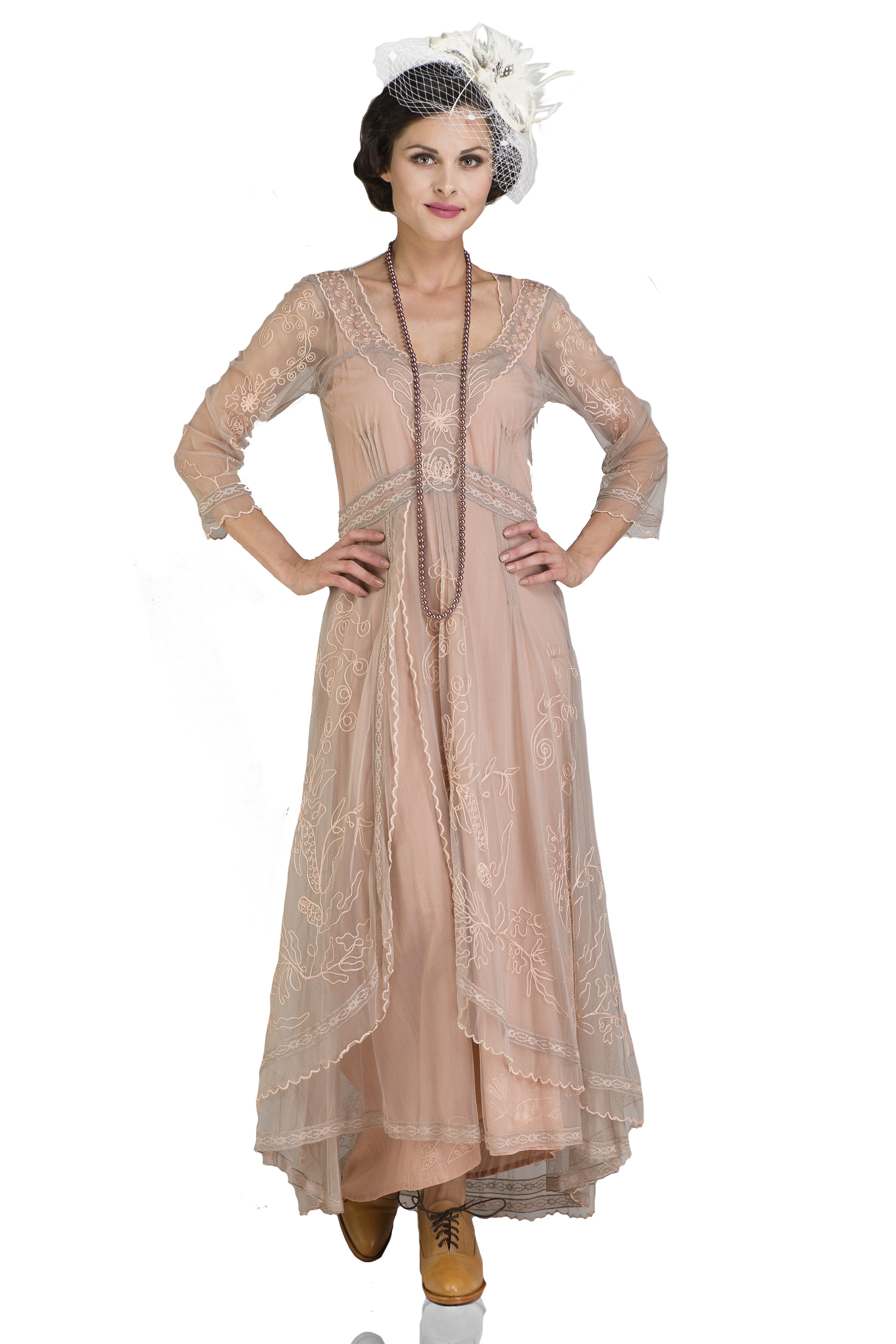History of the Victorian Afternoon Tea Parties
by Karen
Tea drinking has been around for some time now, but it wasn’t until the Victorian era that it became a specific occasion. Women and men would dress up and gather in their living rooms to enjoy a cup of tea with an assortment of finger foods and cakes during the afternoon.
Etiquette During Tea Parties
Using proper etiquette at formal tea parties is important. Here’s what you must do:
Etiquette for Eating
- Place your bag on your lap after you sit down. You can also put it against the back of the chair.
- Unfold the napkin and place it on your lap. If you have to leave the table, however momentarily, keep it on your chair.
- Don’t use your napkin as a handkerchief. Excuse yourself and go to the ladies’ room instead.
- Tea parties were considered social occasions, hence, you must take small bites to avoid participating in conversations with your mouth full.
- You could eat finger foods with your fingers, but if the food is messy, you are encouraged to use a fork or spoon.
Etiquette for Drinking Tea

- Place the sugar in your teacup, then follow it up with a thinly-sliced lemon and pour the tea. If you’re using milk, skip the lemon slices as they can cause your milk to curdle and go bad.
- When stirring your tea with a spoon, make sure not to tap it against the sides of the teacup. When you’re done, you must rest your spoon at a 15-degree angle on the saucer, or more specifically, behind the teacup and to the right of the handle.
- Use your thumb and first one or two fingers to hold the cup. While some people were used to sticking out their pinky finger for balance when drinking, etiquette did not call for it. Hence, it was best to avoid it.
- Look into the teacup, not over it, when drinking tea.
- When you are not drinking tea but are seated, you can place the cup on the saucer. When you’re standing, lift the saucer for convenience.
Something to note: Confused about when to add milk to your milk tea? We got you. Previously, pouring the milk before tea was a necessity as it could prevent the glaze on delicate teacups from cracking. This is not an issue with modern tea cups so you can add milk after tea to get your desired color.
How Tea Parties Started

How did tea parties begin? It would seem that we have urbanization and industrialization to thank for this ceremonial social affair. Together, these changes pushed the evening meal later and later, which meant there was a bigger gap between lunch and dinner.
In fact, at that time, most people had only two main meals: breakfast and dinner. Since dinner was served fashionably late (around 8-9 p.m.), there was a long break in between.
Anne Maria Russell, the 7th Duchess of Bedford and a lady-in-waiting for Queen Victoria, found the change disconcerting. According to her, the long gap between meals gave her a “sinking feeling.”
She thus requested that a tray of tea, along with bread, butter, and cake be brought to her room in the late afternoon. It quickly became a habit of hers that spread as she began to invite her friends and acquaintances to join her, eventually turning it into a tradition.
Tea Drinking and Taxes
Despite the charming tale of Anne Maria, the 1650s and 1660s were when tea drinking really started in England.
Tea was exported from China and it came with heavy taxes. This meant it was only accessible to the upper classes and was initially only consumed in public coffeehouses.
The idea is attributed to King Charles II and his wife Catharine of Braganza. Catherine of Braganza was a Portuguese who grew up drinking tea which was the preferred beverage at the time. It is said that she even brought a casket of tea when she arrived in England to marry Charles II in 1662.
By the 18th century, the East India Company emerged and gained a monopoly over the tea trade which had a 119% import tax at the time. The costs, however, dropped during the 18th century, removing the need for the black market. Since the company imported enough tea to make about 28 million cups, the populace was encouraged to replace their gin with tea as a more acceptable breakfast drink.
But that’s not even half of it! Many considered —
Tea Drinking as a Radical Feminist Act
Women weren’t allowed in coffeehouses, but tea was about to change that.
The making of tea was considered a feminine affair, giving women the opportunity to socialize with men and women who were not from their immediate families. The freedom extended to clothes as well so women naturally wore light, flowing fabrics with optional corsets while entertaining guests.
Tea drinking’s popularity grew to a point where it was talked about in “Table Talk”(1895). The ritual was said to be, “a party in the daytime…[a






















My friends and I gather once a month for tea and sweet cakes. I enjoyed reading your history of tea parties. Thank You Rita
Leave a comment